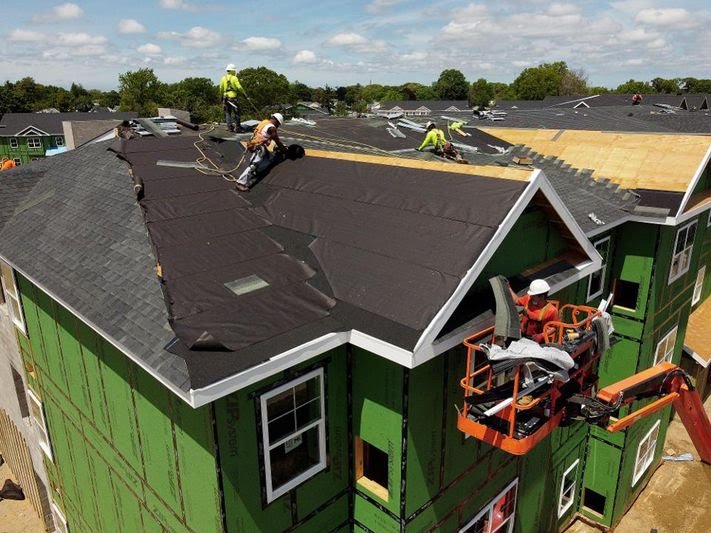Now that the economy has begun to re-open, it is worth taking a a look at how ready its elements are for growth. It is especially encouraging that home building has a firm basis on which to recover from the recent troubles, not in every city and region, of course, but nationally. Critical is the implicit backlog in the demand for new homes. Residential construction for years now, not just during the quarantines and lockdowns, has trailed new family formation. Especially considering that a portion of the existing housing stock depreciates physically each year, it looks as thought home building after the virus subsides will begin to stage a significant catch up. Home prices may rise as a reflection of the relative shortage, but in general the picture of this future is one of active buying and construction, hopefully sooner than later.
For years before Covid-19 took over all the news, media frequently dwelt on how millennials have postponed forming families, pointing to the many who seem content in their parents’ basements. But for all the anecdotes of young men or women who cannot or will not leave home and speculation on why they are that way, the statistical record says something very different. In fact, new family formation during the last seven or so years has, according the Census Bureau, increased at a rate of 1.5% a year, the fastest since the 1970s. On reflection, this should not surprise, despite all the media stories. The millennial generation is the largest since the baby boom, exceeding it in absolute numbers though not relatively. The people at the Census Bureau estimate that over this period the nation on net has created some seven million new families. Each one of these new households, whether just two people or even only one, wants a space of its own.
Against this effective need for housing, the home construction industry during this time has completed only about 5.5 million new dwellings. That is about a 22% shortfall from the nation’s basic needs. But there is more. At the same time, some of the existing housing stock, as always, has become useless. The National Association of Homebuilders (NAHB) estimates this rate of physical depreciation at about 6 dwellings for every 1000 in existence, a little more than half a percent or 816,000 units out of the nation’s 136 million dwellings gone each year. This loss of some five million dwellings over this time comes close to erasing all the nation’s building efforts, leaving the vast majority of these new families effectively bereft of a place of their own. Indeed, the NAHB notes that the pressure has forced people to make due with what is available so that the rate at which people are giving up on existing structures has slowed.
It is little wonder then that home prices were rising before this emergency began. According to the National Association of Realtors (NAR), the median price of a home in the United States rose some 8% between 2017 and this past February, when the pandemic made any more recent data all but irrelevant. That figure doubtless would have been higher had the 2017 tax reform not capped the amount of state and local taxes people could write off their taxes and so dampened property values in high-population, high-tax states, such as California and New York, New Jersey and Illinois.
Even with the general upward price pressure, housing has remained affordable. Incomes have risen, thought they are suffering a setback at the moment. Also, Federal Reserve (Fed) policy has kept mortgage rates low so that the cost of supporting a new home, despite higher prices, has actually declined relative to average income levels. The NAR tracks this affordability measure and indicates that it has improved some 8.5% over the last couple of years.
Little of this will matter or even show itself while reactions to today’s medical emergency impose their strain on economic activity. But the medical emergency is lifting. No doubt even as fears subside and lock downs reverseNe, the after effects of lost production and wealth will linger and hold activity back for a while longer. But that, too, will pass after which time there is good reason to look for something of a boom in home purchases and home building.
Source: Forbes




